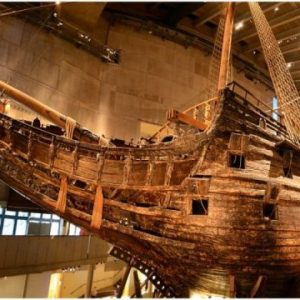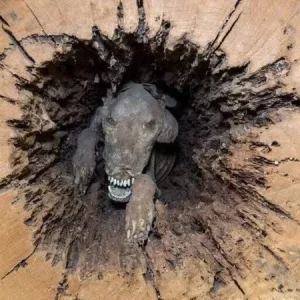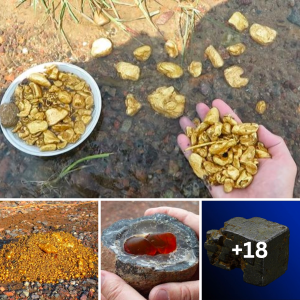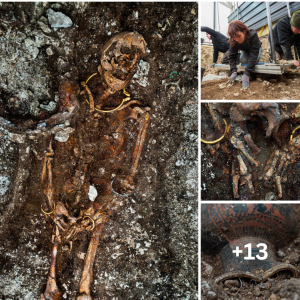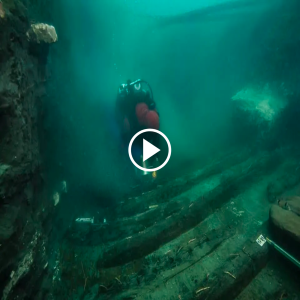Using some of the latest forensic techniques, scientists and 3D designers have reconstructed the face of the Jericho skull, a prehistoric skull that was caked in plaster and had sea shells placed on top of its eyes.

The Jericho skull is dated to around 9,000 years old and was first recovered by archaeologist Kathleen M. Kenyon in 1953 around the Palestinian city of Jericho in the West Bank.
It’s not clear why the Jericho skull was slathered in plaster and had whelk shells placed on its eyes. However, it was perhaps part of a ritual where relatives reconstructed the faces of their ancestors with paint and plaster to honor them.

The skull is currently being held at the British Museum, but the forensics team in Brazil was able to grasp a deep understanding of the specimen through micro-computed tomography (micro-CT) scans carried out in 2016.
Crucially for this project, the 3D scanning was able to peek through the plaster that covered the skull and provide clear information on the structure of the face.
“We are involved in a long-term project, which will approximate the face of individuals with skeletal deformities, structurally degenerative diseases such as syphilis and conditions such as achondroplasia (dwarfism), macrocephaly, etc.
Each of these cases is studied as a team, so that it is not just a question of presenting the face, but of informing society about the context and historical reality of the skull,” Cícero Moraes, a Brazilian 3D designer specializing in forensic facial reconstruction who worked on the project, told IFLScience.
“The Jericho skull fits the bill, as it is an anatomical piece that underwent structural remodeling and has a very interesting story surrounding its discovery,” he added.

The micro-CT scan reveals a skull without a bottom jaw and two serious cracks. The top, more serious slash in the top of the skull was most likely the result of being crushed by soil after burial, but the other crack between the eyebrows may have appeared close to the individual’s death.
It appears the skull belonged to a middle-aged individual, although the Sєx of the person has proved difficult to pin down.
The skull was originally classified as female, but researchers later agreed it was more likely to have been a male due to its large bones and its thick orbital rim.
As ever with forensic facial reconstructions, the process is a mixture of anatomy with some artistry and educated guesses.
While the bone structure can give some indication of the face shapes and how tissue might appear on the bones, it’s harder to deduce some facial features based on the skull alone.
In the case of the Jericho skull, this was especially true for the person’s jawline since the skull’s lower jaw bone was missing.

Other elements like their hair, beard, and skin pigmentation were also based on how people might have appeared in the region at this time.
The end result is a vivid insight into the face of a man who lived in the Levant over 9,000 years ago and, for reasons that escape modern experts, his skull was coated in thick plaster in an unusual ritual.

